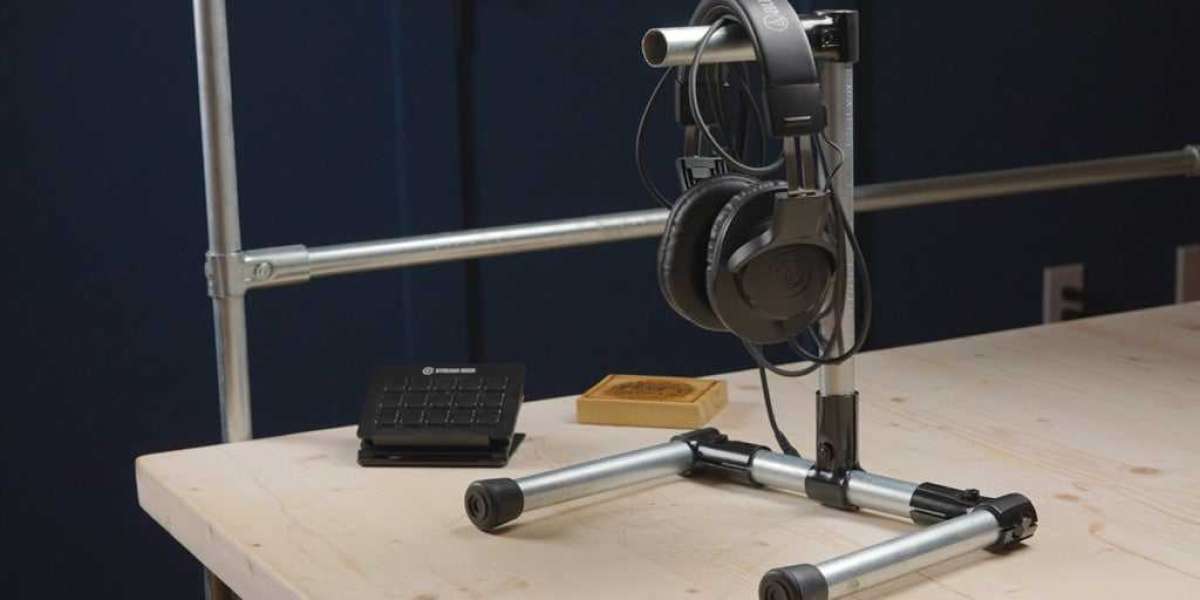EMT (Electrical Metallic Tubing) conduit is commonly used in the electrical industry to protect and route electrical wiring. It is made of a thin-walled, corrosion-resistant metal tube that encases and protects electrical wires and cables.
Types of EMT Conduit
There are two main types of EMT conduit: galvanized steel and aluminium. Galvanized steel conduit is the most common type and is made of a steel tube coated with a layer of zinc to protect it from corrosion. Aluminium conduit is less common, but it is lightweight and corrosion-resistant.
Benefits of EMT Conduit
EMT conduit is widely used in the electrical industry because of its many benefits, including:
- Cost-effective: EMT conduit is one of the market's most cost-effective types of conduit. It is made of inexpensive materials and is easy to install.
- Durable: EMT conduit is made of strong, corrosion-resistant materials that can withstand harsh environments and last for many years.
- Easy to install: EMT conduit is lightweight and easy to work with, making it simple to install. It can be bent by hand or with a conduit bender, allowing it to fit into tight spaces and around obstacles.
- Safe: EMT conduit provides high protection for electrical wiring, reducing the risk of fires and other hazards caused by damaged or exposed wires.
Applications of EMT Conduit
EMT conduit is used in a wide variety of applications, including:
- Residential electrical systems: EMT conduit is commonly used in residential electrical systems to protect and route wiring throughout the home.
- Commercial and industrial buildings: EMT conduit is also commonly used in commercial and industrial buildings to protect and route electrical wiring for lights, HVAC systems, and other equipment.
- Outdoor electrical systems: EMT conduit protects and routes electrical wiring in outdoor applications, such as street lights and traffic signals.
Installing EMT Conduit
Installing EMT conduit is a straightforward process, but it does require some basic tools and knowledge. Here are the basic steps involved in installing EMT conduit:
- Measure and mark the conduit: Measure the distance between the electrical box and the location where the conduit will end. Mark the conduit to the appropriate length.
- Cut the conduit: Use a hacksaw or conduit cutter to cut the conduit to the marked length.
- Bend the conduit: Use a conduit bender to bend the conduit to fit around obstacles or to form the necessary angles.
- Install the conduit: Install the conduit by attaching it to the electrical box and securing it in place with conduit straps or clamps.
- Route the wires: Route the electrical wires through the conduit and secure them in place.
Conclusion
EMT conduit is a widely used and cost-effective type of conduit that provides a high level of protection for electrical wiring. It is made of durable, corrosion-resistant materials that are easy to work with and can be used in a wide variety of applications. With the right tools and knowledge, installing EMT conduit is a straightforward process.







